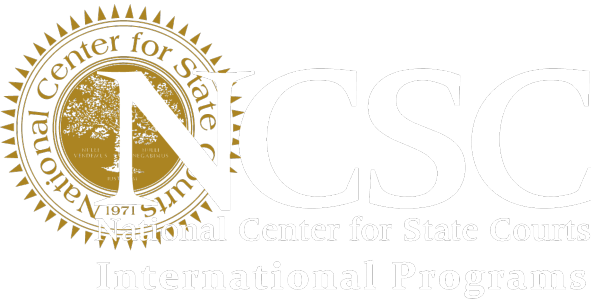 |
Two NCSC Senior Management Consultants, John Matthias and James McMillan have been writing an in-depth overview of CCMS for the Court Technology Bulletin blog. There have been 14 articles to date that break down not only what a CCMS does, but how it should “do it”. NCSC’s court automation project in Nigeria is implementing many of the techniques highlighted in the series, including:
- Mapping each court location organization into the system so that the judges and registrars maintain control and flexibility over their procedures. This process recognizes and embraces the fact that even in a single country, there are differences in the way that large metropolitan courts are organized and operated versus smaller rural courts.
- Using the CCMS data together with word processing software to make court produced documents an integral part of the case record. The document data is therefore not “lost” in the court file but can be searched and retrieved as with any data field.
- Embracing “cloud” and network technology by using browser-based software so that support and control can be centralized. This alleviates the need to install and maintain software in multiple locations saving time and focusing system support.
- Providing centralized management and control reporting for court activities by automatically setting up caseflow event and task timelines. This CCMS monitoring is not meant to control judicial decisions, but rather, to oversee case progress based on the countries’ statutes and rules to assure service and fairness.
Click here for more information on Court Case Management Systems.
